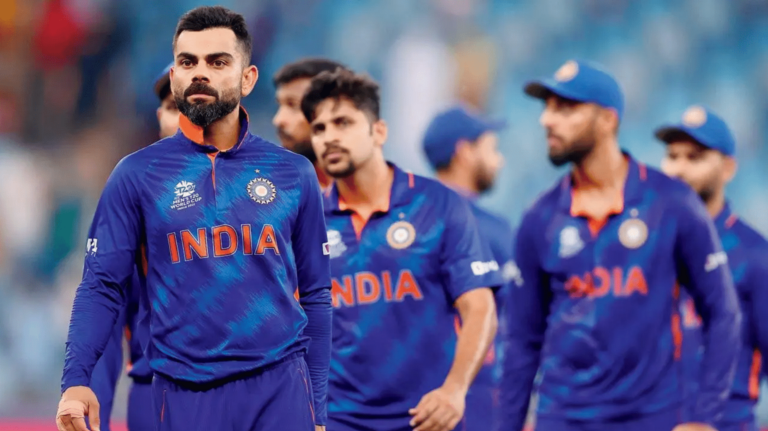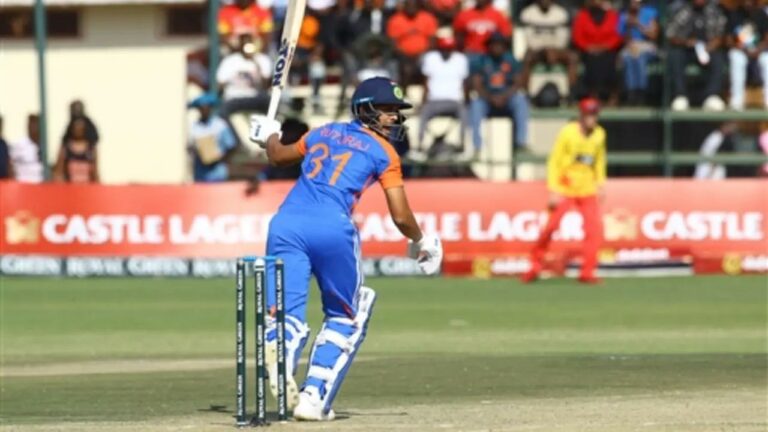Sustainability Practices in Professional Cricket Leagues: 99exch, Reddy Anna Book, Allpanel
99exch, Reddy Anna Book, All Panel.com, Allpanel: Professional cricket leagues face various challenges when attempting to implement sustainable practices. One of the primary obstacles is the heavy reliance on non-renewable energy sources to power stadiums and facilities. This dependence on fossil fuels contributes significantly to carbon emissions, which can be difficult to reduce without major infrastructural changes.
Additionally, professional cricket leagues often struggle with the high water consumption required to maintain playing fields and facilities. Especially in regions with limited water resources, this can pose a significant challenge in achieving sustainability goals. Finding innovative solutions to reduce water usage while still ensuring optimal playing conditions remains a crucial issue for cricket leagues looking to minimize their environmental impact.
Efforts Made by Professional Cricket Leagues to Reduce Carbon Footprint
Many professional cricket leagues have taken significant steps to reduce their carbon footprint in recent years. One common approach is the use of renewable energy sources to power stadiums and facilities. Solar panels and wind turbines are being installed to generate clean energy and reduce reliance on fossil fuels. This not only helps lower greenhouse gas emissions but also sets a positive example for fans and other sports organizations to follow.
Additionally, professional cricket leagues are focusing on implementing more sustainable transportation options. This includes encouraging players and staff to carpool, use public transportation, or even cycle to games and events whenever possible. By reducing the number of individual vehicles on the road, these leagues are not only cutting down on carbon emissions but also alleviating traffic congestion and promoting healthier lifestyles among their stakeholders.
Innovative Waste Management Strategies Adopted by Professional Cricket Leagues
Professional cricket leagues have been at the forefront of adopting innovative waste management strategies to minimize their environmental impact. One such strategy involves the implementation of composting facilities at cricket stadiums to deal with organic waste generated during matches. By composting food scraps, grass clippings, and other biodegradable materials, these leagues are not only diverting waste from landfills but also producing valuable compost that can be used to enrich soil.
Furthermore, professional cricket leagues have initiated partnerships with local recycling facilities to ensure that recyclable materials such as plastic bottles, cans, and paper products are collected and recycled efficiently. By promoting recycling among spectators and players alike, these leagues are helping to reduce the amount of waste ending up in landfills and conserving valuable resources. Embracing a circular economy approach, cricket leagues are demonstrating a commitment to sustainability and setting an example for other sports organizations to follow suit.







